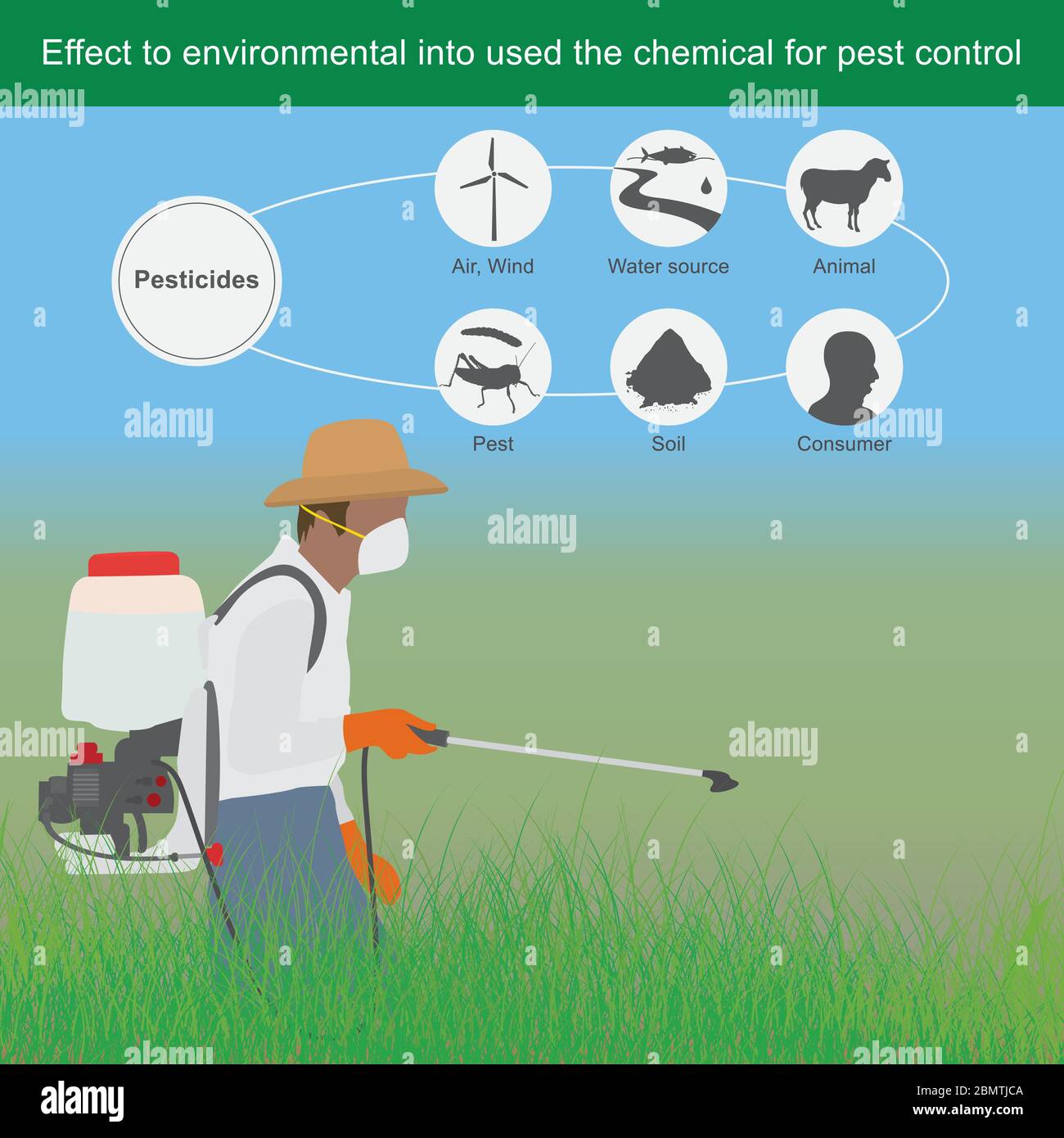9 Easy Facts About Eco Bed Bug Exterminators Dc Explained
9 Easy Facts About Eco Bed Bug Exterminators Dc Explained
Blog Article
What Does Eco Bed Bug Exterminators Dc Mean?
Table of ContentsThe Eco Bed Bug Exterminators Dc PDFsThe Ultimate Guide To Eco Bed Bug Exterminators DcLittle Known Questions About Eco Bed Bug Exterminators Dc.The Ultimate Guide To Eco Bed Bug Exterminators DcMore About Eco Bed Bug Exterminators Dc
Because chemicals are toxic, they are likewise possibly harmful to people, animals, various other microorganisms, and the atmosphere. Therefore, individuals who utilize chemicals or regularly come in call with them should understand the family member toxicity, potential health and wellness effects, and preventative steps to reduce direct exposure to the products they use. Risk, or risk, of utilizing pesticides is the possibility for injury, or the level of danger associated with using a pesticide under a given collection of conditions.
Nevertheless, applicators can lessen or almost get rid of exposure-- and therefore minimize hazard-- by complying with the label instructions, making use of individual safety clothes and equipment (PPE), and taking care of the chemical appropriately. For instance, more than 95 percent of all chemical direct exposures come from facial direct exposure, primarily to the hands and forearms. By wearing a set of unlined, chemical-resistant gloves, this kind of exposure can be almost eliminated.
The unsafe results that occur from a single direct exposure by any route of entrance are labelled "acute impacts." The 4 routes of exposure are facial (skin), inhalation (lungs), oral (mouth), and the eyes. Intense toxicity is established by taking a look at the facial toxicity, inhalation poisoning, and dental poisoning of guinea pig.
Eco Bed Bug Exterminators Dc - The Facts
Severe toxicity is determined as the amount or focus of a toxicant-- the a.i.-- needed to eliminate 50 percent of the animals in a test population. This procedure is usually shared as the LD50 (dangerous dosage 50) or the LC50 (dangerous focus 50). In addition, the LD50 and LC50 values are based upon a single dose and are recorded in milligrams of pesticide per kg of body weight (mg/kg) of the examination animal or partly per million (ppm).
The reduced the LD50 or LC50 worth of a chemical product, the better its toxicity to humans and animals. Chemicals with a high LD50 are the least toxic to people if made use of according to the instructions on the item tag. The persistent poisoning of a pesticide is identified by subjecting test animals to long-term exposure to the active ingredient.
The chronic poisoning of a chemical is harder than intense poisoning to establish via research laboratory evaluation. Products are classified on the basis of their relative acute toxicity (their LD50 or LC50 worths). Pesticides that are categorized as highly toxic (Poisoning Group I) on the basis of either dental, dermal, or breathing poisoning must have the signal words threat and toxin printed in red with a skull and crossbones icon prominently presented on the front panel of the bundle tag.
The severe (solitary dosage) dental LD50 for chemical products in this team ranges from a trace amount to 50 mg/kg. Direct exposure of a few declines of a material taken by mouth could be deadly to a 150-pound person. https://www.pageorama.com/?p=ecobedbug3xt. Some chemical items have just the signal word DANGER, which informs you nothing concerning the severe toxicity, simply that the item can create extreme eye damage or extreme skin inflammation
A Biased View of Eco Bed Bug Exterminators Dc
In this category, the severe dental LD50 varieties from 50 to 500 mg/kg. A teaspoon to an ounce of this material might be deadly to a 150-pound person (bed bug heat treatment). Pesticide items categorized as either a little toxic or relatively harmless (Poisoning Categories III and IV) are required to have the signal word CAUTION on the chemical tag

All pesticide toxicity chemical, including the LD50, can be found on located product's Material Safety Product Security (MSDS). Pesticide tags and MSDS can be acquired from merchants or produces - https://christophers-beautiful-site-5ea421.webflow.io/. The signs of chemical poisoning can range from a moderate skin irritability to coma or also fatality.
Due to the fact that of prospective health issues, chemical individuals and handlers have to acknowledge the usual indicators and signs of pesticide poisoning. The effects, or signs and symptoms, of chemical poisoning can be broadly defined as either topical or systemic.
How Eco Bed Bug Exterminators Dc can Save You Time, Stress, and Money.
Dermatitis, or swelling of the skin, is approved as the most frequently reported topical result linked with pesticide direct exposure. Some people often tend to cough, hiss, or sneeze when revealed to pesticide visite site sprays.
This sign typically subsides within a few minutes after a person is removed from the direct exposure to the irritant. However, a reaction to a pesticide item that creates somebody not only to sneeze and cough but additionally to create serious acute breathing signs is most likely to be a true hypersensitivity or sensitive reaction.
Systemic impacts are quite various from topical impacts. They usually happen away from the initial point of contact as an outcome of the pesticide being soaked up into and distributed throughout the body. Systemic impacts commonly consist of queasiness, throwing up, tiredness, frustration, and digestive problems. In advanced poisoning situations, the individual may experience adjustments in heart rate, difficulty breathing, convulsions, and coma, which might bring about fatality.
Report this page